Overview
Seniors, some of the most vulnerable members of Canadian society, have diverse care needs as they grow older. When providing care for the elderly, other aspects of well-being are often forgotten or overshadowed by more immediate and urgent physical and mental healthcare needs. Such aspects of well-being that might be overshadowed include the freedom to live openly as a 2SLGBTQ+ person. There is anecdotal evidence that seniors either feel it necessary to hide their sexuality in senior care contexts, often because of religious-based homophobia/transphobia, and/or they are pressured to renounce their sexuality before death.
This project addresses these obstacles that many 2SLGBTQ+ seniors face when accessing the care they need as they grow older, especially when they need to access care from religious-affiliated organizations.
This project will ensure that seniors are free from discrimination based on gender or sexual identity, a freedom enshrined in Canada’s Charter of Human Rights and Freedoms. Specifically, in the case of senior care, this project will provide the conditions for 2SLGBTQ+ seniors to feel they can be their complete and authentic selves, without fear of negative repercussions, be it from personal support workers or in long-term care homes or hospices.
In other words, this project will confront religious-based homophobia and transphobia in senior care services and communities to ensure that the organizations and institutions that deliver this care are affirming and inclusive of 2SLGBTQ+ people, their families, and their allies, no matter if the organization or institution is religious-affiliated or not.
The Impact
Research the problem of homophobia and transphobia in senior care contexts to better understand who is impacted (especially in terms of di erences in experiences based on identity factors), how, where, and in what specific situations.
Develop educational materials that will:
Teach service providers that they cannot weaponize religion to justify homophobia/transphobia when providing care;
Teach service providers how to be affirming and inclusive of 2SLGBTQ+ people in their work; Teach senior community members how to be affirming and inclusive of their 2SLGBTQ+ community members; and inform 2SLGBTQ+ that it is their human right to be their authentic selves when receiving care.




